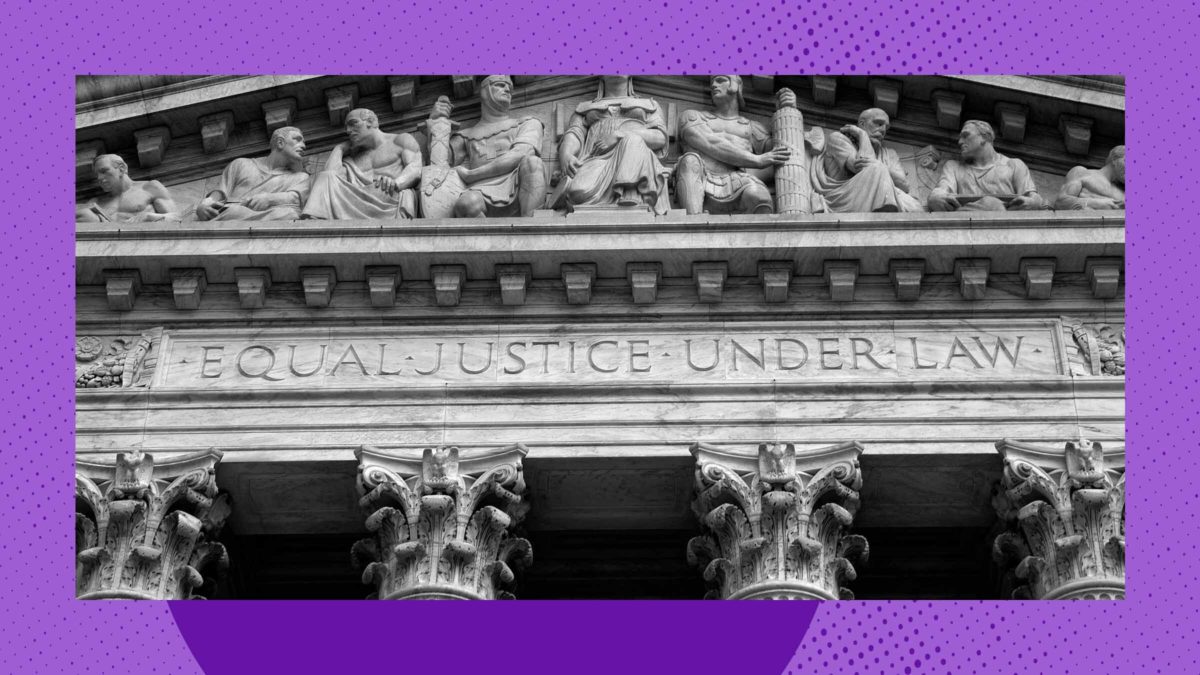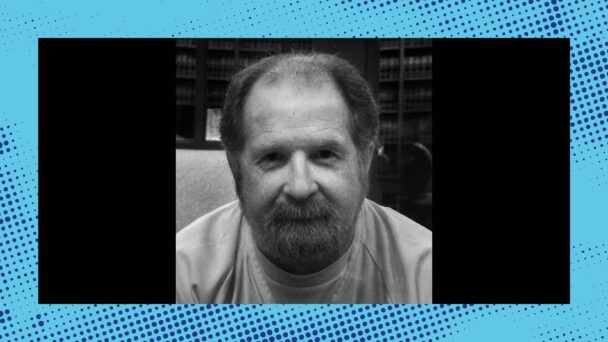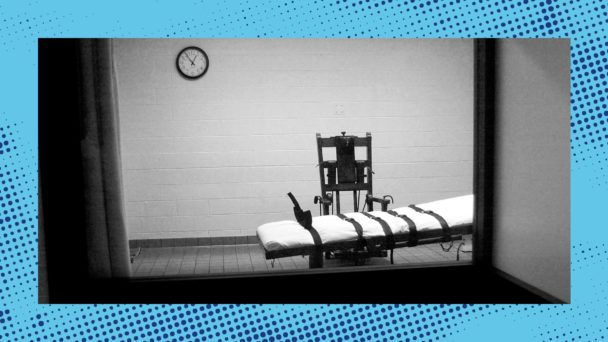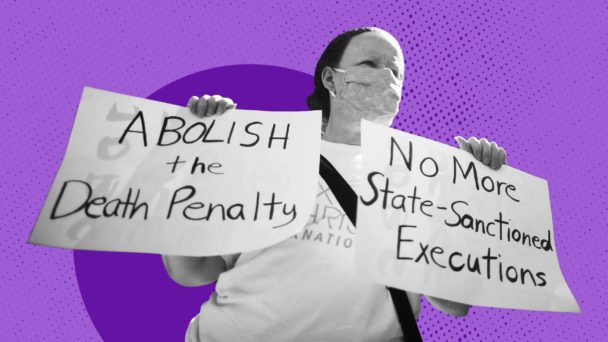On Thursday, Alabama executed Anthony Boyd, a 54-year-old Black man whom the state claims was involved in the 1993 kidnapping and murder of Gregory Huguley. Prosecutors had no physical evidence connecting Boyd to the murder, and relied primarily on the shifting stories of a co-defendant who testified against Boyd and others in exchange for avoiding the death penalty. Boyd had an alibi, but his court-appointed attorney didn’t call any witnesses who might have corroborated it.
A divided jury convicted Boyd after a three-day trial in 1995. Boyd maintained his innocence with every breath he had, until the Republicans on the Supreme Court allowed the state to suffocate him with nitrogen gas—a torturous form of execution that reportedly took a half-hour to take effect.
Nitrogen hypoxia is an experimental method of execution authorized by the Alabama legislature in 2018 that causes people to consciously suffer the effects of asphyxiation—symptoms like aching lungs, blood pounding in the ears, and extreme shortness of breath. Boyd asked a federal district court if he could be executed by firing squad instead, but the court brushed him off, unconvinced that death by firing squad would “significantly reduce a substantial risk of severe pain” compared to death by nitrogen gas. Boyd appealed, and was again rebuffed.
On Tuesday, in a last-ditch effort, Boyd filed an emergency petition asking the Supreme Court to delay his execution, arguing that the “superadded physical pain and psychological terror of asphyxiation” would violate Eighth Amendment’s prohibition on cruel and unusual punishment.
Clip via YouTube
The Court denied the petition Thursday, over the dissent of the liberal justices, who highlighted the gruesomeness of nitrogen hypoxia executions and argued that protecting Boyd from senseless suffering would be the least the Court could do.
“Boyd asks for the barest form of mercy: to die by firing squad, which would kill him in seconds, rather than by a torturous suffocation lasting up to four minutes,” wrote Justice Sonia Sotomayor, joined by Justices Elena Kagan and Ketanji Brown Jackson. “The Constitution would grant him that grace. My colleagues do not.”
Around an hour later, it became clear that Sotomayor underestimated the duration of the torture. Eyewitnesses reported that the execution went on for 37 minutes. Based on his breathing and movements, Boyd seemed conscious for about half that time. His family could only watch as he continued to convulse and gasp.
Boyd met his death knowing both that none of this needed to happen, and that it could happen again. “There will be no justice in this state until we change this system,” he said, when asked for his last words. “I want all my people to keep fighting. Let’s get it.”




